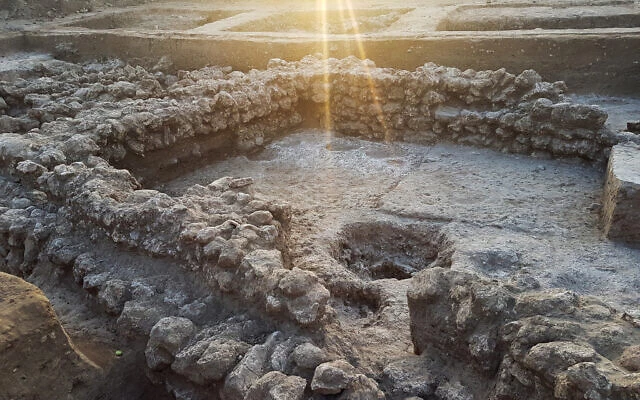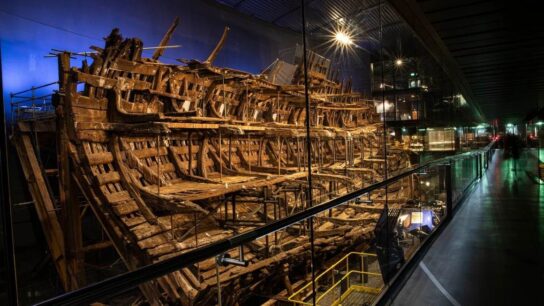Archeologists discover 6,000-year-old fishing hook in central Israel
Shark may have been on the menu for the ancient inhabitants of the Levant thanks to the invention of large copper fishhooks, a new discovery suggests.

Having recently discovered one of these remarkable pieces of prehistoric tackle, researchers are now re-telling the story of how the occupants of this historic region lived, fished, and ate during the Copper Age.
Thought to be 6,000 years old, the hook was originally discovered during excavations by the Israel Antiquity Authority in the city of Ashkelon in 2018.
One of the oldest copper fishhooks ever found, the relic is remarkable for both its age and its size.

“This unique find is 6.5 centimeters [2.6 inches] long and 4 centimeters [1.6 inches] wide, its large dimensions making it suitable for hunting two-to-three meter [6.6 to 9.8 feet] long sharks or large tuna fish,” explained excavation co-director Dr Yael Abadi-Reiss in a statement sent to IFLScience. “More ancient fishhooks found previously were made of bone and were much smaller than this one.”
Indeed, fishhooks dating back to around 23,000 years ago have been unearthed in a cave on the Japanese island of Okinawa, yet these measured just over a centimeter in length and were crafted from sea shells.
One can imagine reeling in small fish with such equipment, but you’d need something an awful lot bigger and more robust to snare a shark.
“The use of copper began in the Chalcolithic period and it is fascinating to discover that this technological innovation was applied in antiquity for the production of fishhooks for fishermen along the Mediterranean coast,” says Abadi-Reiss.
In the Levant – which encompasses much of what is today known as the Middle East – the Chalcolithic period began around 6,500 years ago and lasted for roughly a millennium.
Otherwise known as the Copper Age, this period of prehistory saw the advent of copper metallurgy and the emergence of new religious practices and beliefs.
The region surrounding Ashkelon was already a thriving rural center at this time, with a local economy that was based on traditional agricultural activities like wheat farming and cattle herding.
Previous discoveries of animal bones, charred food remains, pottery, and stone tools have helped archaeologists piece together the lifestyles and dietary habits of the region’s Chalcolithic population.
However, the discovery of a large copper fishhook adds a new dimension to the tale, indicating that people also took to the waves in pursuit of a highly ambitious prize.
“The rare fishhook tells the story of the village fishermen who sailed out to sea in their boats and cast the newly invented copper fishhook into the water, hoping to add coastal sharks to the menu,” says Dr Abadi-Reiss.




